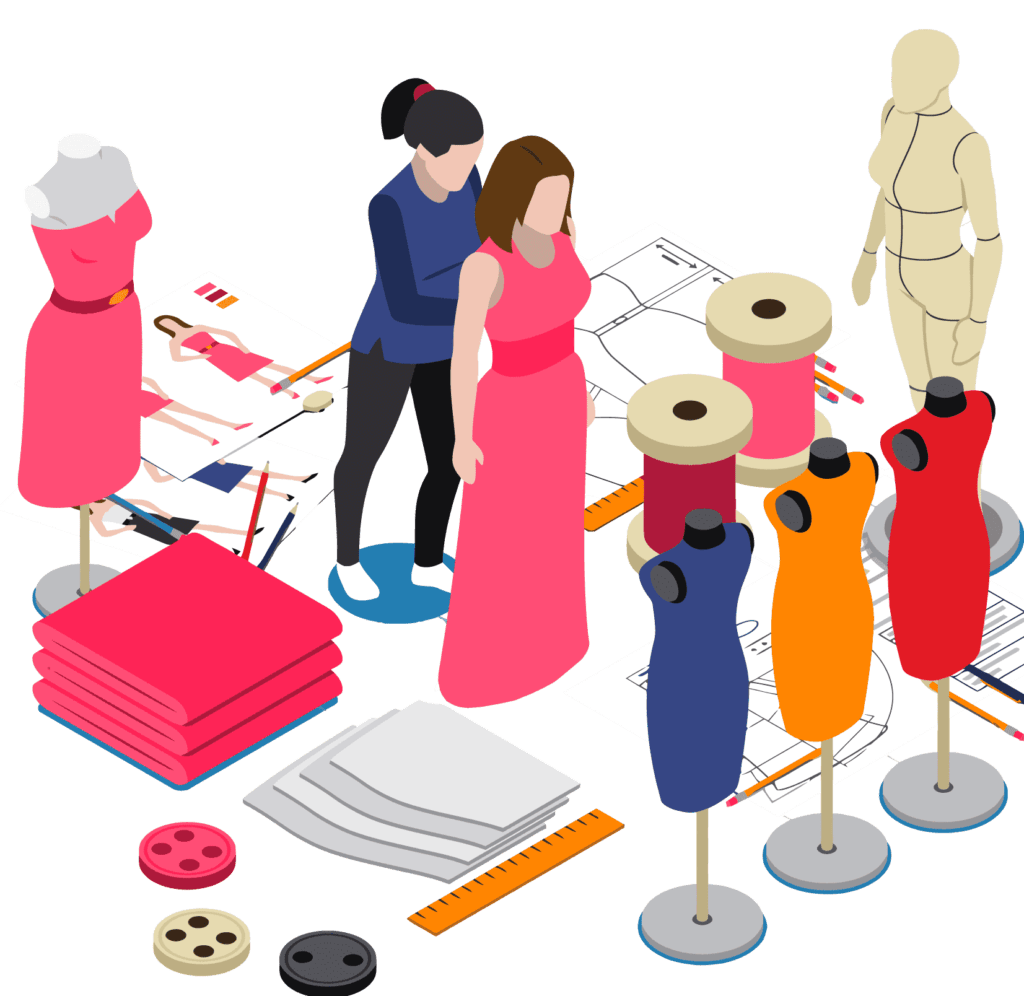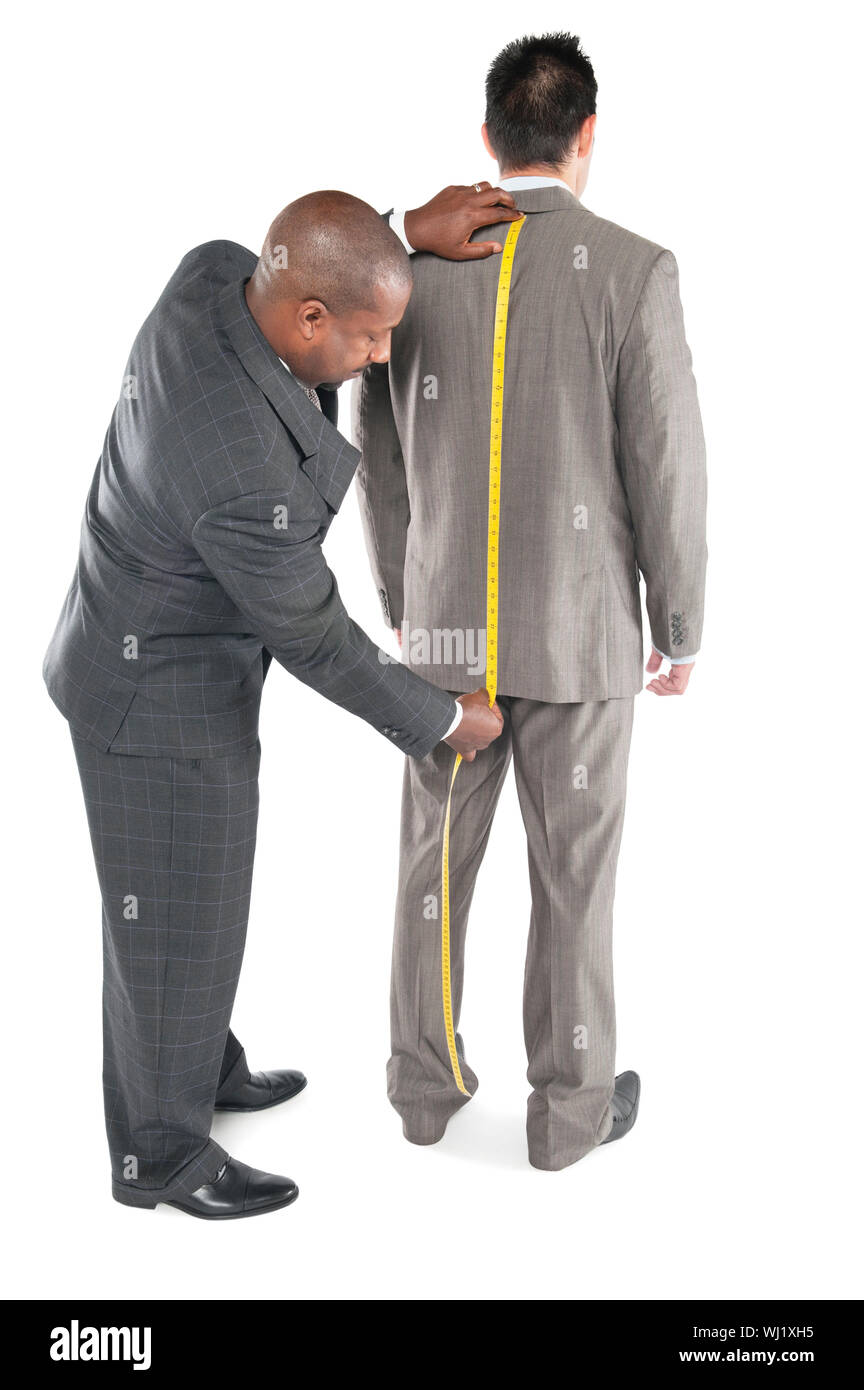Tailor Perth: Outstanding Tailoring for a Perfectly Fitted Wardrobe
Tailor Perth: Outstanding Tailoring for a Perfectly Fitted Wardrobe
Blog Article
Understanding the Tailoring Refine: From Material Option to Final Fitting for the Suitable Wardrobe
The tailoring procedure is an intricate interplay of art and science, starting with the essential choice of material option and culminating in the accurate changes of final fittings. Each fabric kind brings special qualities that influence not just the aesthetic charm but additionally the garment's durability and suitability for numerous celebrations. Recognizing the nuances of tailoring techniques can raise one's closet to extraordinary levels of class. As we check out these aspects additionally, one have to consider just how also the smallest details can substantially affect the general result of one's personal style.
Value of Material Option
Choosing the ideal material is essential in the customizing procedure, as it straight affects the convenience, toughness, and general visual of the last garment (tailor perth). The selection of textile establishes the structure for the garment's capability, efficiency, and style. Various textiles possess special residential properties, such as stretch, weight, and breathability, which can considerably impact just how the garment drapes and fits the body
Furthermore, fabric selection influences the garment's longevity and simplicity of treatment. Top quality materials can endure damage, maintaining their appearance and framework with time, while lower-quality materials might lead to pilling or fading. Furthermore, the best material adds to the garment's capability to shift across periods and events, consequently boosting convenience.
A tailored piece made from a proper material not only showcases craftsmanship yet also boosts the user's confidence. Understanding the nuances of material option is paramount for any kind of tailoring venture. It ensures that the last product not only fulfills the visual desires of the customer however likewise lines up with useful requirements, therefore attaining a harmonious balance between form and function in the tailored wardrobe.
Kinds Of Fabrics and Their Uses
Understanding the different sorts of textiles offered is essential for making educated decisions throughout the customizing process. Each material has unique features that dictate its viability for specific garments and occasions.
Its convenience enables it to be tailored right into every little thing from shirts to gowns. Its natural elasticity helps garments maintain shape over time.
Silk exudes deluxe and is light-weight, making it best for eveningwear and delicate shirts; however, it requires careful handling because of its frailty. Linen, with its textured finish, is a popular selection for warm climates, providing a airy and crisp feel, yet it wrinkles conveniently, which might impact the garment's appearance.
Synthetic fabrics, such as polyester and nylon, offer sturdiness and resistance to wrinkles, making them suitable for everyday wear and energetic apparel. Recognizing these fabric types and their homes enables far better decision-making, ensuring that each tailored piece not just fits well yet also straightens with the designated function and celebration.
The Tailoring Techniques Described
The art of customizing relies on a selection of techniques that change material right into well-fitted garments. Central to this process is pattern composing, where a tailor develops templates based on the client's measurements and wanted style. This preliminary step guarantees that the garment will fit the wearer correctly prior to any cutting takes place.
As soon as patterns are established, cutting methods enter play. Precision is paramount as errors can bring about misfitting garments. Tailors often use different reducing techniques, such as single-layer reducing for complex layouts and multiple-layer cutting for effectiveness on basic patterns.
Basting is one more necessary strategy, enabling tailors to temporarily stitch textile assemble for an initial fitting. This technique offers the possibility to analyze the drape and total shape before last stitching.
Seaming techniques, including french joints and flat-felled joints, improve the garment's longevity and aesthetic appeal. next page Tailors also employ methods such as interfacing and cushioning to supply structure and form to details areas, like collars and shoulders.
Lastly, ending up methods, consisting of hemming and edge completing, make certain the garment's longevity while offering a refined look. With each other, these techniques develop the foundation of effective customizing, leading to charming, tailor-made clothing.
Fitting Modifications and Considerations

Key considerations consist of the shoulder fit, which needs to neither droop nor restrict movement, and the sleeve size, which ought to enable comfortable arm activity while preserving a sleek look. In addition, modifications at the waistline can improve the shape, with alternatives to allow out or absorb textile as needed.
The surge of pants is an additional essential aspect; it must rest conveniently above the hips without creating discomfort, permitting convenience of activity. Hemming sizes for both pants and skirts must show the wearer's recommended style while appreciating percentages.

Maintaining Your Tailored Clothes
Appropriate maintenance of customized garments is necessary to maintaining their fit and look with time. To make sure long life, normal cleaning is extremely important. Always comply with the treatment tag guidelines, which might suggest completely dry cleaning click for more info for fragile fabrics or device washing for even more durable materials. Avoid constant laundering, as this can wear down the material and modify the garment's shape.
Storage is similarly essential; usage cushioned wall mounts for jackets and coats to keep shoulder structure, and store trousers folded nicely or hung to prevent creasing. Protect garments from direct sunshine, which can discolor colors and damages fibers.
In addition, regular evaluations for small repairs can avoid larger concerns. Inspect for loosened buttons, tearing joints, or signs of moth damage, dealing with these troubles promptly to preserve the garment's stability.
Finally, consider seasonal rotation. Using tailored pieces in moderation enables materials to recoup, extending their life-span. By implementing these upkeep methods, you can make certain that your customized garments remain as beautiful as the day you initially used them, boosting your perfect closet for years to find.
Conclusion
The customizing process, incorporating material option, skilled strategies, and exact fitting changes, plays an essential function in producing garments that enhance both comfort and style. Understanding the value of upkeep extends the life of tailored garments, strengthening their worth in a well-curated wardrobe.
Picking the ideal textile browse around these guys is essential in the tailoring process, as it straight affects the comfort, resilience, and overall visual of the last garment. The selection of fabric establishes the structure for the garment's functionality, performance, and design. Different textiles possess unique homes, such as breathability, weight, and stretch, which can significantly influence exactly how the garment drapes and fits the body.
The art of customizing relies on a variety of strategies that transform textile into well-fitted garments.The customizing process, incorporating textile choice, experienced strategies, and precise fitting modifications, plays an essential duty in creating garments that boost both comfort and style.
Report this page